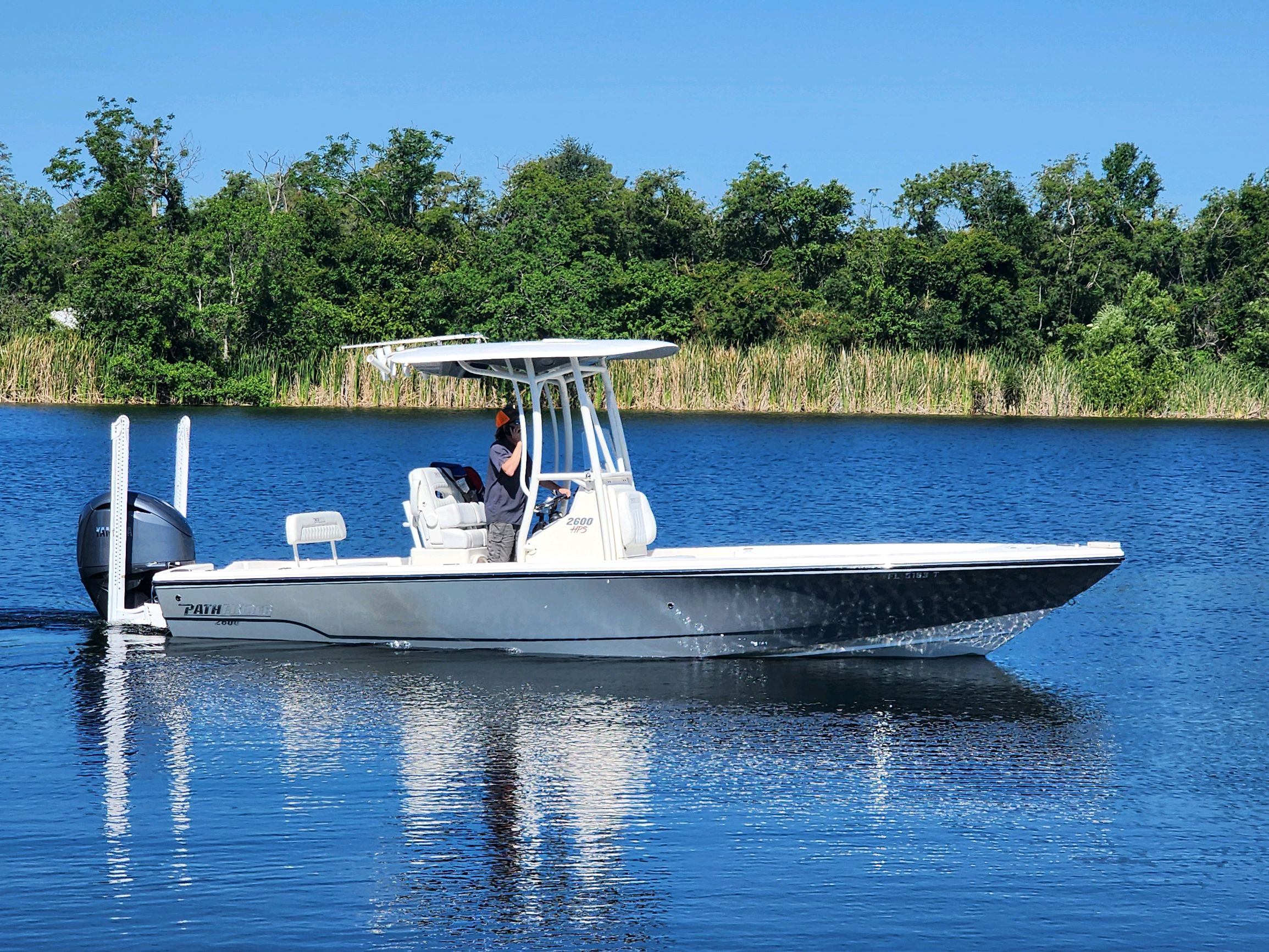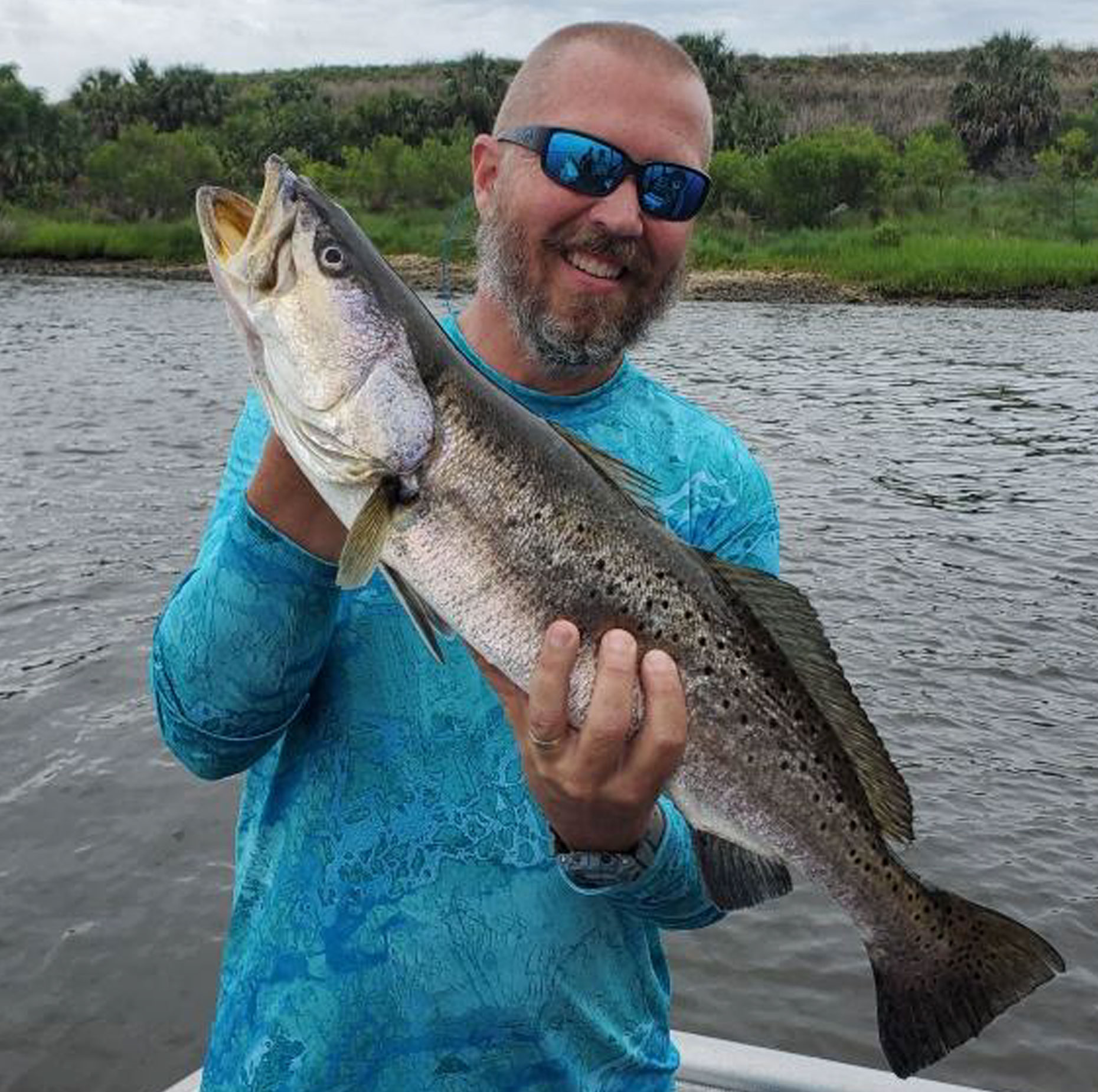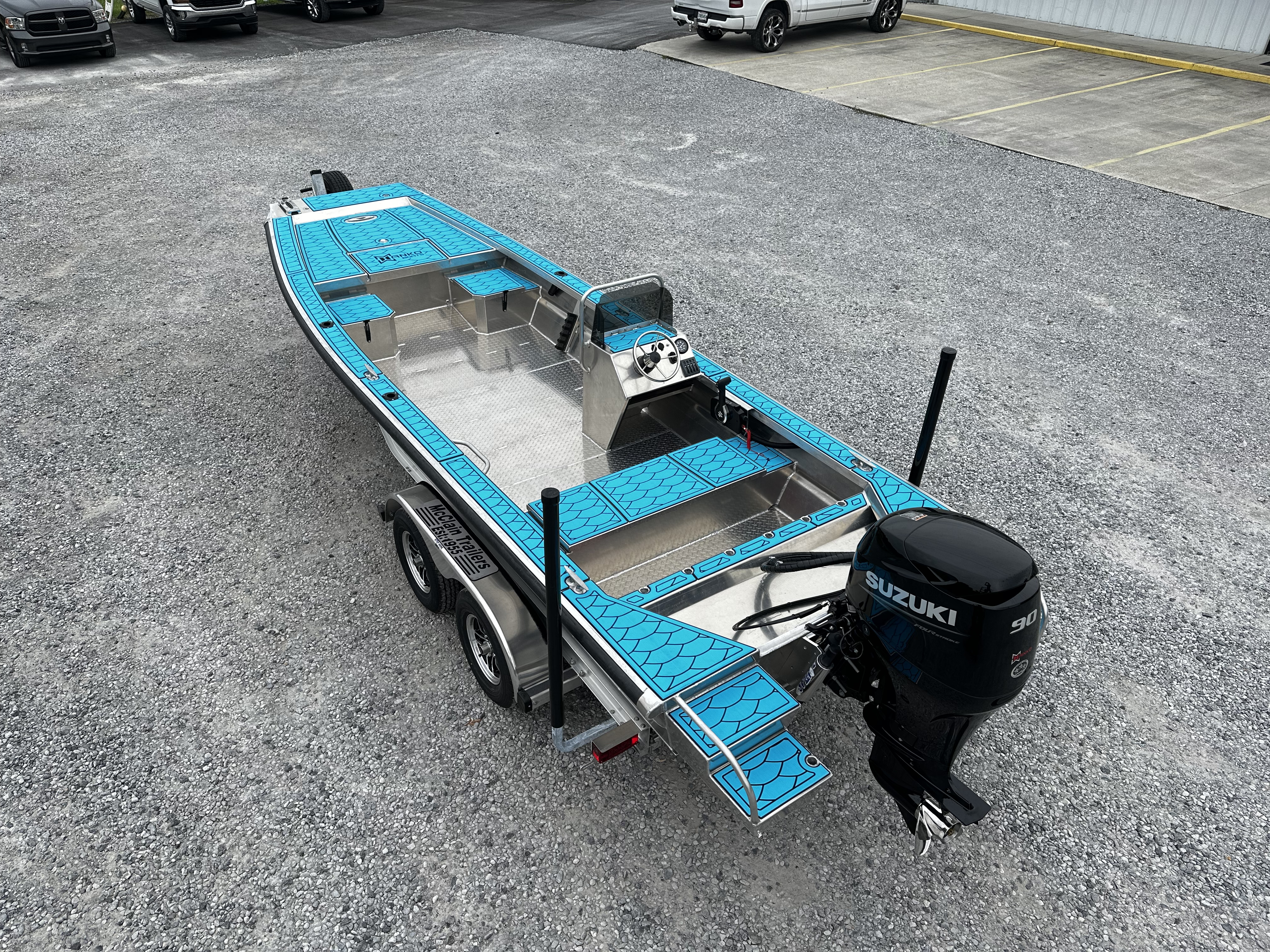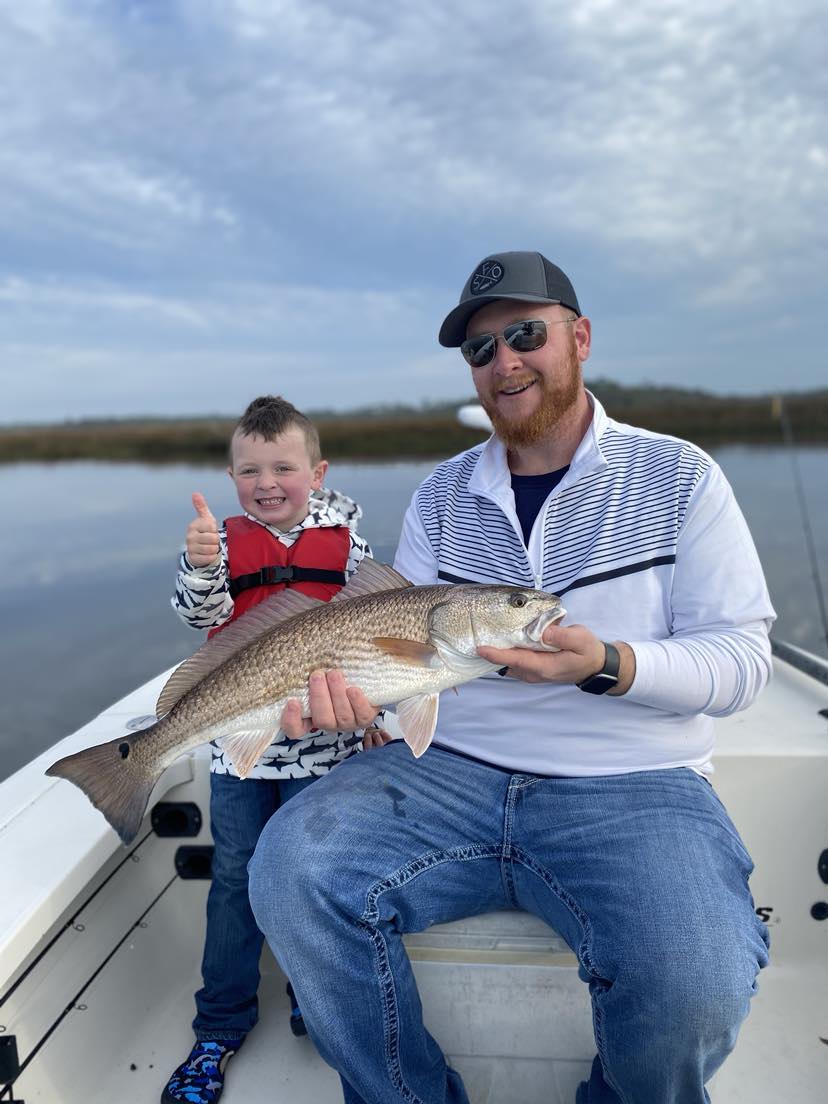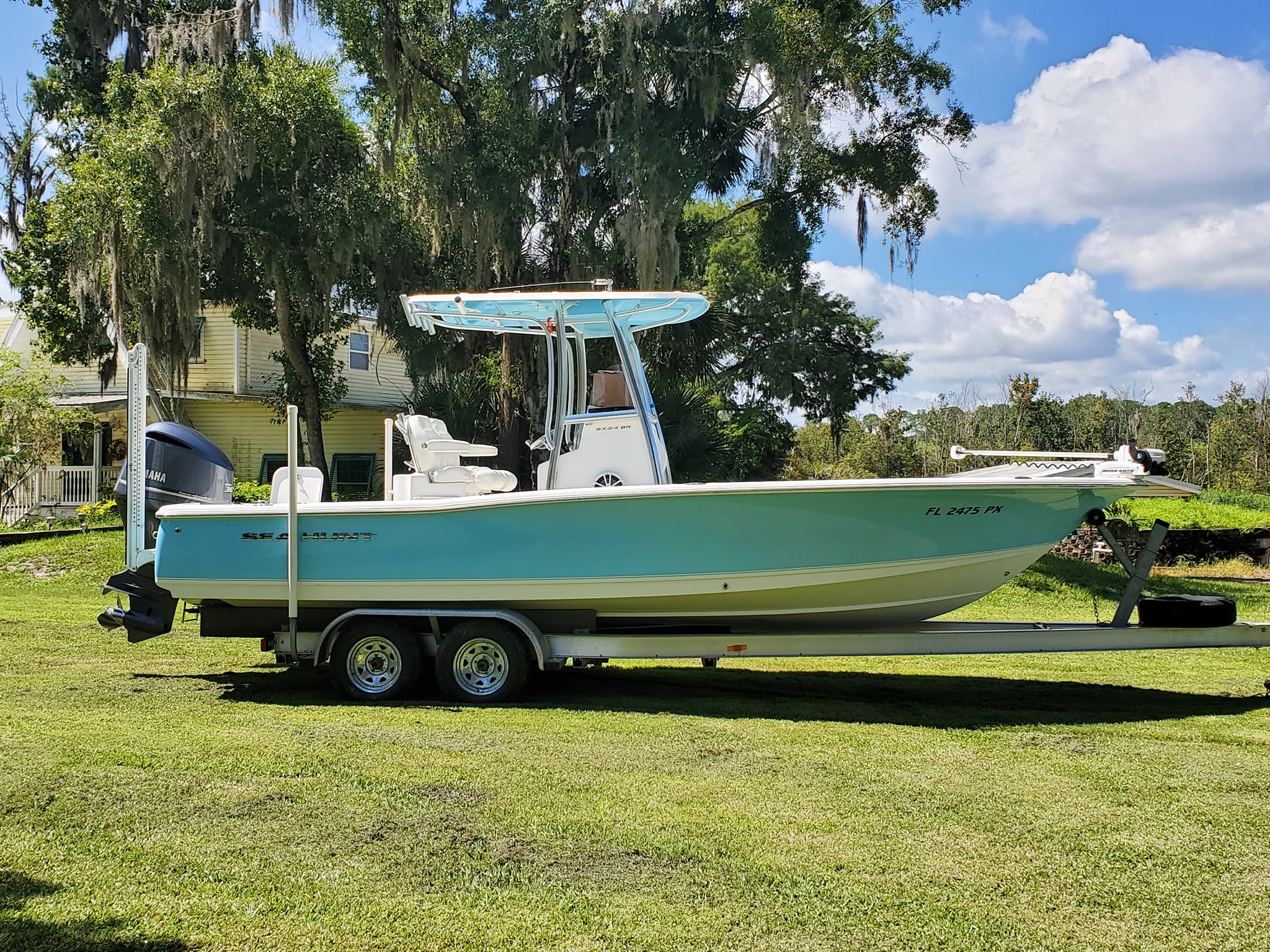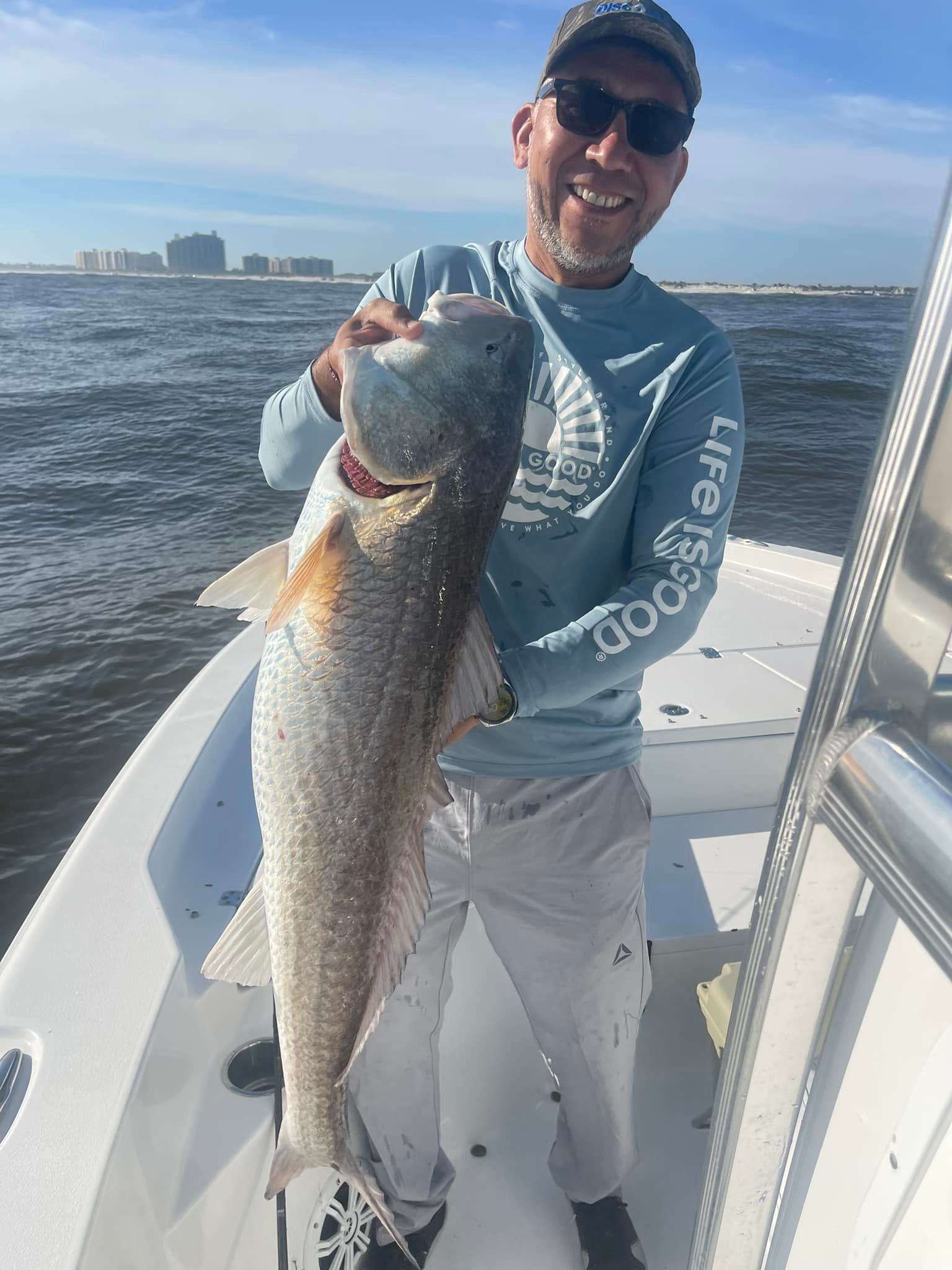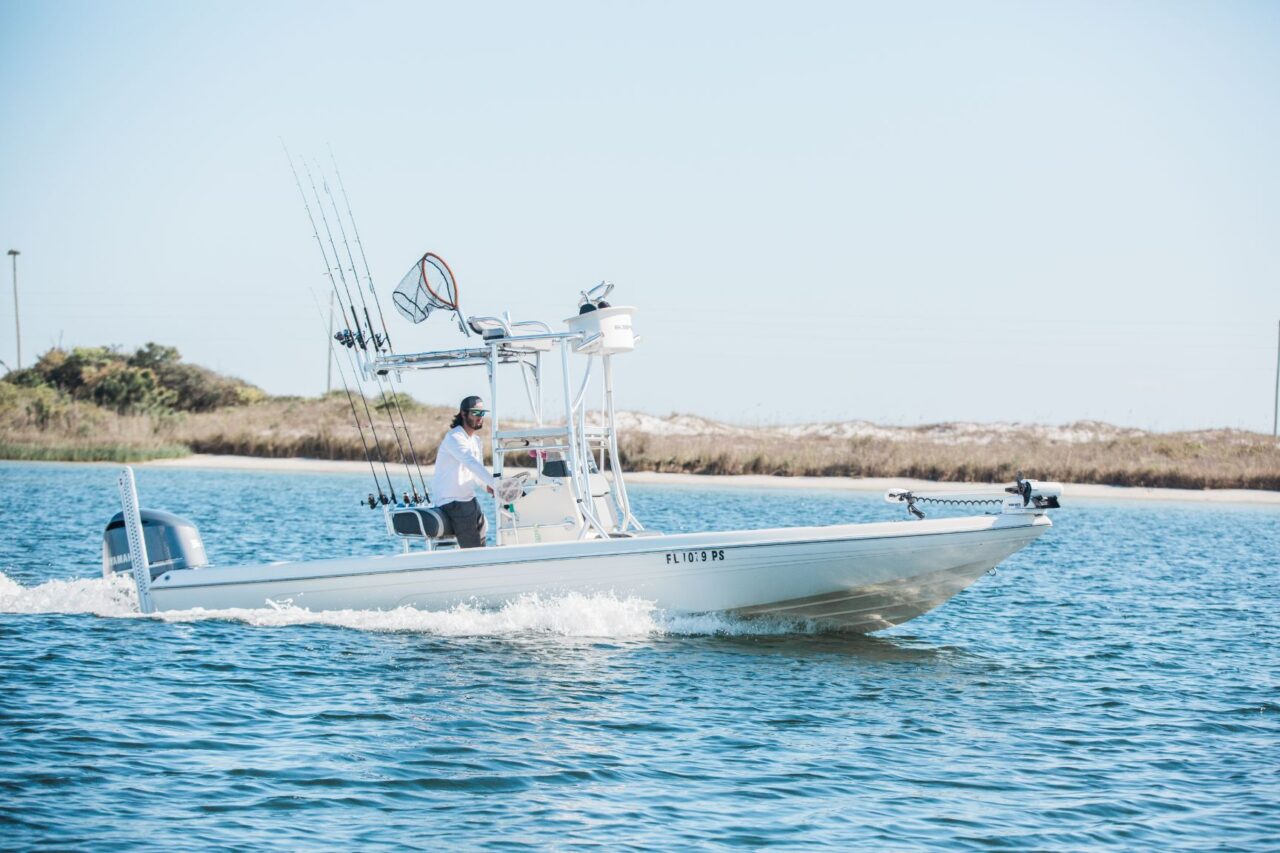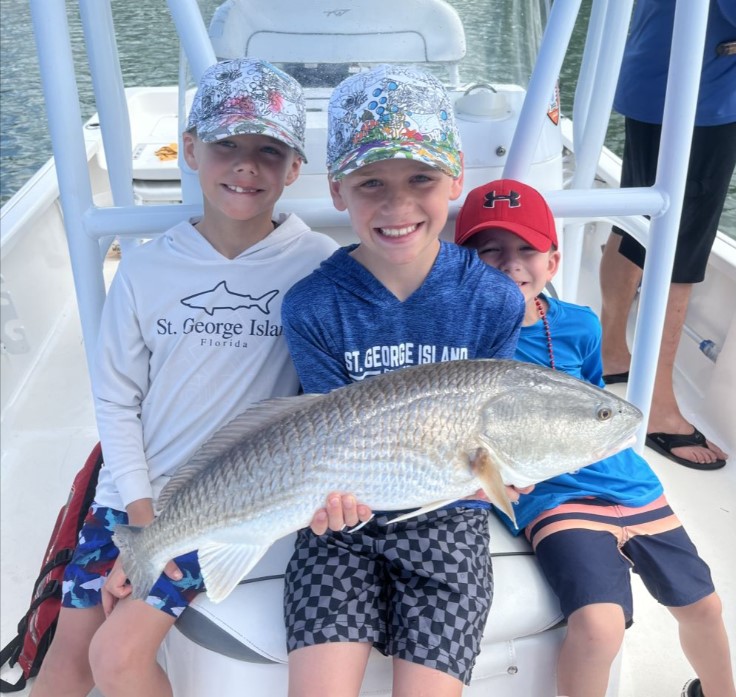Damn Good Guides
Experts Available 24/7
100% Weather Guarantee
Recently Booked Flats Fishing Charters In Intracoastal Waterway
Inshore, River, Flats in Nocatee
Premier Florida Fly / Light Tackle
Inshore, Nearshore, Flats in Indian Shores
Crushing Clearwater Sportfishing
Inshore, Flats Fishing in Fort Walton Beach
Kid's Fishing Adventure
Inshore, Flats Fishing in Largo
4-6 Hr Inshore Trip
Inshore, River, Flats in Jacksonville
Jacksonville - 4 Hr. River & Marsh
Inshore, Flats Fishing in Fort Walton Beach
Daytime Bowfishing Trip
Top Species for Flats Fishing in Intracoastal Waterway
“Our Damn Good Guides go above and beyond, and we’ve handpicked every single one. We’re passionate about the outdoors and look forward to getting you out on the trip of a lifetime, every time.”
Jonathan and Attison | Co-founders | Austin, Texas
More Flats Fishing Charters In Intracoastal Waterway
Inshore, River, Flats in Jacksonville
Experience World-class Fishing.
Inshore, Jetty, Flats in Daytona Beach
Inshore Fishing Trip 4-6-8 Hour
Inshore, River, Flats in Jacksonville
Backcountry Fishing
Inshore, Flats Fishing in New Smyrna Beach
Inshore Fishing Trip
Inshore, Flats Fishing in Fort Walton Beach
Nighttime Bowfishing Adventure
Inshore, River, Flats in Jacksonville
Jacksonville - 6 Hr. River & Marsh
Need a Place to Stay?
Everything to Know About Booking an Intracoastal Waterway flats fishing charter
What are the best flats fishing charters in Intracoastal Waterway?
The best flats fishing charters in Intracoastal Waterway are:
What is flats fishing in Intracoastal Waterway all about?
Flats fishing in the Intracoastal Waterway (ICW) offers anglers a diverse and rewarding experience along this extensive network of inland water channels that span the eastern seaboard of the United States. The ICW provides a unique habitat for various inshore species due to its shallow waters, mangrove-lined shores, and interconnected estuaries. One of the primary targets for flats fishing in the ICW is the spotted seatrout, also known as speckled trout. These fish thrive in the ICW's grass flats, oyster bars, and tidal creeks, where they feed on shrimp, small fish, and crustaceans. Anglers often use live bait such as shrimp or mullet, as well as artificial lures like soft plastics and topwater plugs, to entice speckled trout into striking.
Redfish, or red drum, are another sought-after species in the ICW's flats. These robust fish are known for their strength and tenacity, often found near structure such as docks, mangrove roots, and marsh edges where they hunt for crabs, shrimp, and baitfish. Anglers employ various techniques to target redfish, including sight casting with live bait such as crabs or cut mullet, as well as using artificial lures like spoons and weedless jigs. Redfish can be active year-round in the ICW, with peak fishing times coinciding with their feeding patterns and seasonal migrations.
Snook are also prevalent in certain sections of the ICW, particularly in warmer southern regions like Florida. These ambush predators favor mangrove shorelines, docks, and deeper cuts along the waterway where they wait to ambush passing prey. Anglers target snook using live bait such as pilchards or mullet, as well as artificial lures like jerkbaits and topwater plugs. Spring and summer are typically productive seasons for snook fishing in the ICW, providing anglers with thrilling opportunities to hook into this prized game fish. Overall, flats fishing in the Intracoastal Waterway offers anglers a dynamic and immersive experience amidst a scenic and diverse coastal environment.
What are the most popular months to go flats fishing in Intracoastal Waterway?
Flats fishing along the Intracoastal Waterway offers anglers a unique and diverse experience spanning a vast network of inland water passages along the Atlantic and Gulf coasts of the United States. This interconnected system of rivers, bays, estuaries, and canals provides abundant opportunities to target a variety of game fish species throughout the year. Anglers can pursue redfish, speckled trout, flounder, snook, tarpon, and other prized catches depending on the specific region and seasonal conditions. The Intracoastal Waterway's shallow flats and intricate channels create ideal habitats for sight fishing, where anglers can spot fish feeding or cruising in the clear, shallow waters and present their baits or lures with precision.
The flats fishing seasons along the Intracoastal Waterway vary by location and are influenced by factors such as water temperature fluctuations, tidal patterns, and seasonal migrations of baitfish and predator species. Spring and fall are generally considered peak seasons for flats fishing in many areas, as moderate temperatures and stable weather conditions stimulate fish activity. During these times, anglers often focus on targeting redfish and speckled trout on the flats, employing a variety of artificial lures and live baits to attract bites. Summer months can also provide productive fishing opportunities early in the morning or late in the evening when temperatures are cooler and fish are more active near the surface.
Winter fishing along the Intracoastal Waterway typically shifts to deeper channels, residential canals, and nearshore structures where fish seek warmer waters. However, certain areas with sheltered flats and tidal creeks can still yield catches of species like sheepshead, flounder, and black drum. Local knowledge and guidance from experienced guides and charter services are invaluable for anglers planning a flats fishing excursion along the Intracoastal Waterway. These professionals understand the nuances of each region's fishing seasons, optimal tides, and effective techniques, helping anglers maximize their chances of success while enjoying the scenic beauty and diverse fishing opportunities offered by this extensive waterway system.
What techniques are popular for flats fishing in Intracoastal Waterway?
Flats fishing along the Intracoastal Waterway (ICW) offers anglers a unique blend of diverse habitats and abundant game fish opportunities along its extensive network of channels, marshes, and flats. The ICW stretches along the Atlantic and Gulf coasts of the United States, providing access to a variety of species including redfish, speckled trout, and snook, depending on the region.
Redfish are a primary target in many sections of the ICW, known for their strong runs and preference for shallow waters. Anglers often employ sight-casting techniques using live shrimp, mullet, or cut bait, as well as artificial lures like spoons and soft plastics. Fishing around oyster bars, grassy flats, and mangrove shorelines during early mornings or late evenings when redfish are actively feeding can increase the likelihood of a successful catch.
Speckled trout, another prized species in the ICW, tend to favor seagrass beds, sandy bottoms, and tidal channels. Anglers typically use techniques such as drift-fishing with live shrimp under popping corks, as well as casting soft plastic jigs and topwater lures. Trout are known for their aggressive strikes, especially during tidal movements or when baitfish are abundant. Understanding their feeding patterns and adjusting tactics to water conditions can significantly improve chances of hooking these elusive fish.
Snook, prevalent in the southern sections of the ICW, are sought after for their powerful runs and acrobatic leaps. Anglers target snook using live bait such as pilchards or shrimp, as well as artificial lures like jerkbaits and swimbaits. Fishing around mangrove edges, docks, and bridge pilings where snook gather to ambush prey requires precise casting and stealthy approaches. The Intracoastal Waterway provides anglers with a dynamic and rewarding fishing experience, showcasing a diverse range of species amidst scenic coastal landscapes.
What species are popular for flats fishing in Intracoastal Waterway?
It seems there was a misunderstanding or an error in the previous responses. Let's address flats fishing in the Intracoastal Waterway (ICW), which spans various coastal regions and offers anglers opportunities to target different species depending on the location.
Flats fishing along the Intracoastal Waterway can be diverse, depending on the specific area and its proximity to the ocean and estuaries. In many parts, speckled trout (spotted sea trout) are a popular catch. These fish thrive in shallow waters and are often found near grassy flats, oyster bars, and channel edges. Speckled trout are known for their spirited fights and are typically caught using live bait like shrimp or mullet, as well as artificial lures such as soft plastics and topwater plugs.
Redfish, or red drum, are another sought-after species in the Intracoastal Waterway. These robust fish frequent the shallows, particularly around structure like mangroves, docks, and oyster beds. Redfish are known for their aggressive strikes and powerful runs, making them a thrilling catch for anglers. Live bait such as shrimp, mullet, or crabs, along with artificial lures such as spoons and jig heads, are effective in attracting redfish year-round, with peak seasons varying by location and water temperature.
Flounder are also a target for flats fishing enthusiasts in the Intracoastal Waterway. These bottom-dwelling fish are masters of camouflage, blending into sandy and muddy bottoms and around structure. Anglers typically target flounder using live bait like minnows or shrimp on jig heads, or by dragging soft plastic lures along the bottom. Flounder fishing can be particularly productive during their migrations in spring and fall, when they move through channels and flats in search of food. Flats fishing in the Intracoastal Waterway provides anglers with a diverse and rewarding experience amidst its varied coastal habitats.
Recent Reviews
Featured Cities
- Fishing Charters Near Me
- Austin Fishing Guides
- Biloxi Fishing Charters
- Bradenton Fishing Charters
- Cabo San Lucas Fishing Charters
- Cancun Fishing Charters
- Cape Coral Fishing Charters
- Charleston Fishing Charters
- Clearwater Fishing Charters
- Corpus Christi Fishing Charters
- Crystal River Fishing Charters
- Dauphin Island Fishing Charters
- Daytona Beach Fishing Charters
- Destin Fishing Charters
- Fort Lauderdale Fishing Charters
- Fort Myers Fishing Charters
- Fort Walton Beach Fishing Charters
- Galveston Fishing Charters
- Gulf Shores Fishing Charters
- Hatteras Fishing Charters
- Hilton Head Fishing Charters
- Islamorada Fishing Charters
- Jacksonville Fishing Charters
- Jupiter Fishing Charters
- Key Largo Fishing Charters
- Key West Fishing Charters
- Kona Fishing Charters
- Lakeside Marblehead Fishing Charters
- Marathon Fishing Charters
- Marco Island Fishing Charters
- Miami Fishing Charters
- Montauk Fishing Charters
- Morehead City Fishing Charters
- Naples Fishing Charters
- New Orleans Fishing Charters
- New Smyrna Beach Fishing Charters
- Ocean City Fishing Charters
- Orange Beach Fishing Charters
- Panama City Beach Fishing Charters
- Pensacola Fishing Charters
- Pompano Beach Fishing Charters
- Port Aransas Fishing Charters
- Port Orange Fishing Charters
- Rockport Fishing Charters
- San Diego Fishing Charters
- San Juan Fishing Charters
- Sarasota Fishing Charters
- South Padre Island Fishing Charters
- St. Augustine Fishing Charters
- St. Petersburg Fishing Charters
- Tampa Fishing Charters
- Tarpon Springs Fishing Charters
- Venice Fishing Charters
- Virginia Beach Fishing Charters
- West Palm Beach Fishing Charters
- Wilmington Fishing Charters
- Wrightsville Beach Fishing Charters
Didn't Find What You Were Looking For?
Our guides are Damn Good Guides, which means they’re vetted by our team of outdoor experts who know them on a first-name basis. We hand pick each and every one of them, and our network spans all across the US and beyond.
The proof is in the pudding, and we’re incredibly proud of our 4.9 / 5 average review score. Hit the button below to see more trip options:




